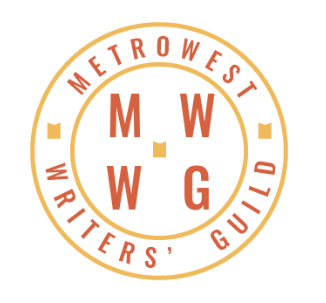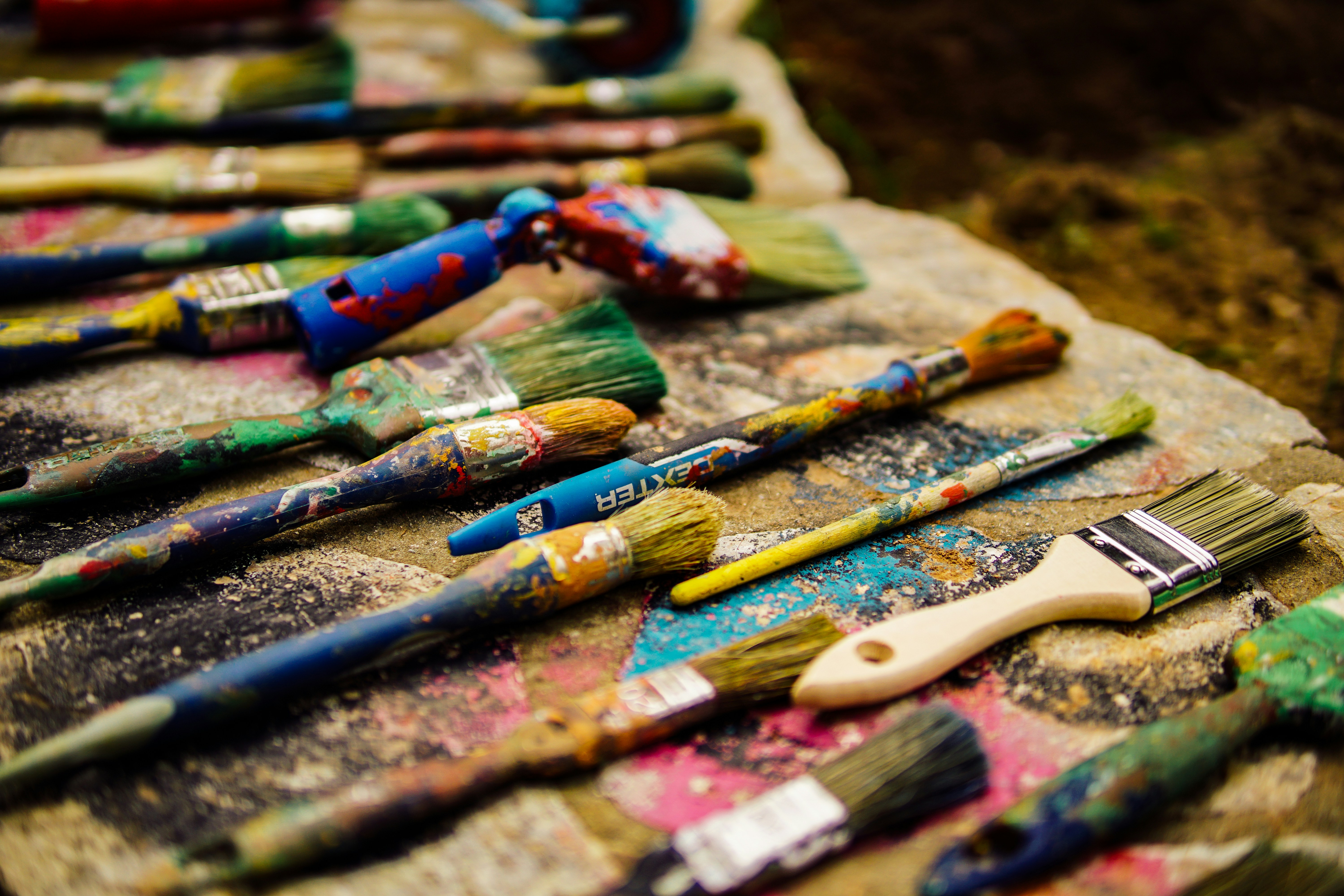Cassie Duncanson (she/her) is a spec-fic writer, who works as a proposal writer for environmental labs by day. She has an MFA from Portland State University and was a Tin House YA Workshop scholar. Her work has appeared in Gingerbread House Lit Mag, Fiddlehead Folio, and others. You can find her on instagram at @glutenwitch.
The Thursday Night Cohort has been spending a significant amount of time discussing short stories – our desire to continue writing them, start writing them, and “understand” them better.
For someone who is not as well-versed in short stories as with more traditional novels, it can be hard to jump into the form. We’re all wired to want to learn more about the characters, go with them on their journeys, learn what happens next, so that when we first start reading story collections or anthologies, the stories can begin to blur together and we’re left frustrated with the lack of continuity.
Some writers embrace writing short stories as an opportunity, a fun space, to play with craft: to bend and break the rules when you only have a few thousand words in your sandbox. There seems much less harm, a lack of major consequence when playing around in the short story playground. Write in the second person. Write your sentences as short as you can. Tell everything and show nothing. You might be limited by word count, but a short story can be so freeing in terms of rediscovering craft. Nothing is sacred, and that, personally, delights me.
I would like to introduce you to my mental trick, when reading and writing short stories. It helps me frame them as individual pieces in a collection I’m reading and guides my hands when I write them.
A short story is not just a short story.
A short story is a painting.
There is no straightforward arc or journey to a painting. Instead, you take in the big picture, the small details, and each impacts the other. The brushstrokes might imply anger, the colors a sense of triumph, and the composition itself tells you there is some connection between the figures. And you’re left with an impression. Maybe you’re a smarty-pants who can create hilarious Tik-Tok’s imagining what the story in the painting is. But me? I like to just sit with that feeling, let all the details wash over me and impact my heart.
And the same is true for how I like to read short stories. I like to read to be left with an impression, not necessarily a meaning, or an understanding of character arc, or any kind of journey, but I want to be left with emotion. I want to feel a certain sort of way, or make a reader feel a certain sort of way. I want the details, the dialogue, the setting to tell me how to feel a certain sort of way. I read a collection, not to go on a journey with characters, but to feel something new, glean nuance, and sit in empathy.
And I like to let feeling guide my short stories, not caring whether the narrative makes any logistical sense. I like to add elements to recreate an inner sense of the weird or the unusual, or the struggle of ambivalence, or the delight of a tiny joy.
Personal Recommendations
Museum of the Weird by Amelia Grey– If you want to see how short stories can push boundaries, this is for you
XO Orpheus ed. Kate Berneheimer–Mythology! Retellings!
100 Apocalypses and Other Apocalypses by Lucy Corin–Oh Lucy Corin, Queen of my rule-breaking heart.
The Mythic Dream ed. Parisien & Wolff–For those looking for exquisite fantasy.
Vida by Patricia Engel–A great gateway collection, as each short story follows the central character, but can be read individually.
The Honey Month by Amal El-Mohtar–for those who like genre variety.
Image Credit: Photo by Yannis Papanastasopoulos on Unsplash


Leave a Reply